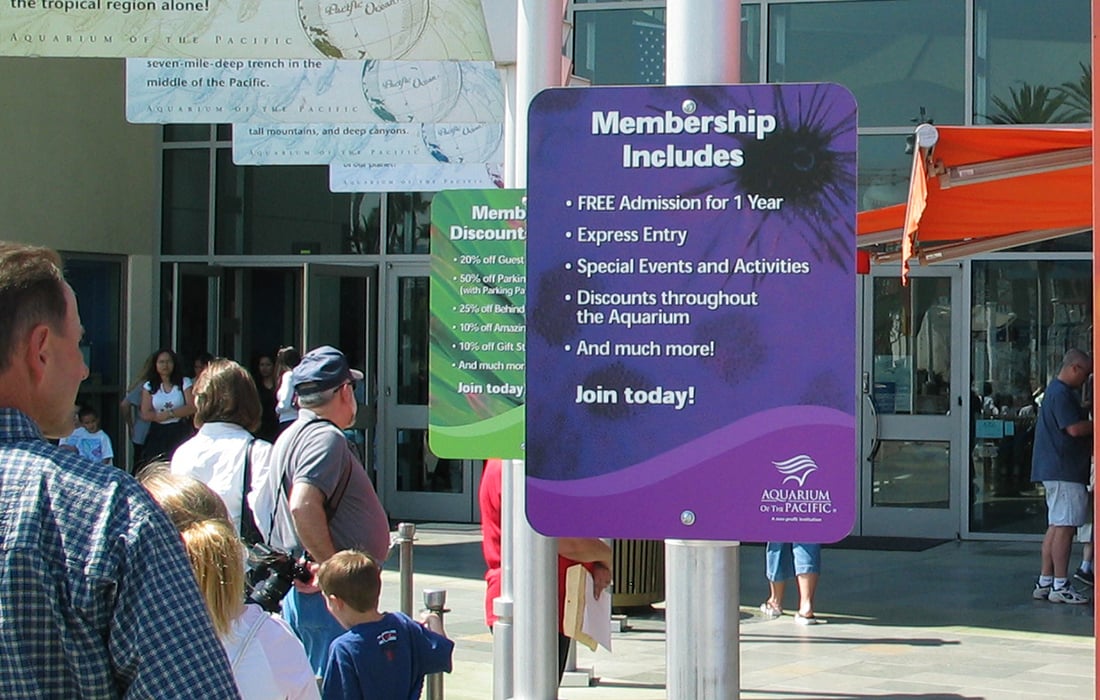
Sustainable memberships: the new imperative for cultural institutions
Photo: Brian Whitehead / ArtsProfessional
Evolve or die: time to think the unthinkable
Covid-19 has only accelerated what was bound to happen in the arts world – the collapse of unsustainable economic models. It’s time to think again about where income comes from – and what we spend it on – says Alice Black.
When Steve Jobs launched Apple’s campaign Think Different in 1997, he had just embarked upon a mammoth undertaking to turn around the company he had founded, which was no longer fit for purpose....
Subscribe for £6 per month
Support independent journalism in the arts, culture and heritage sectors with unlimited access to our latest news, features and expert opinion. £6pm, billed quarterly.
Already subscribed? Log in
Usually have access through your university?

Join the Discussion
You must be logged in to post a comment.